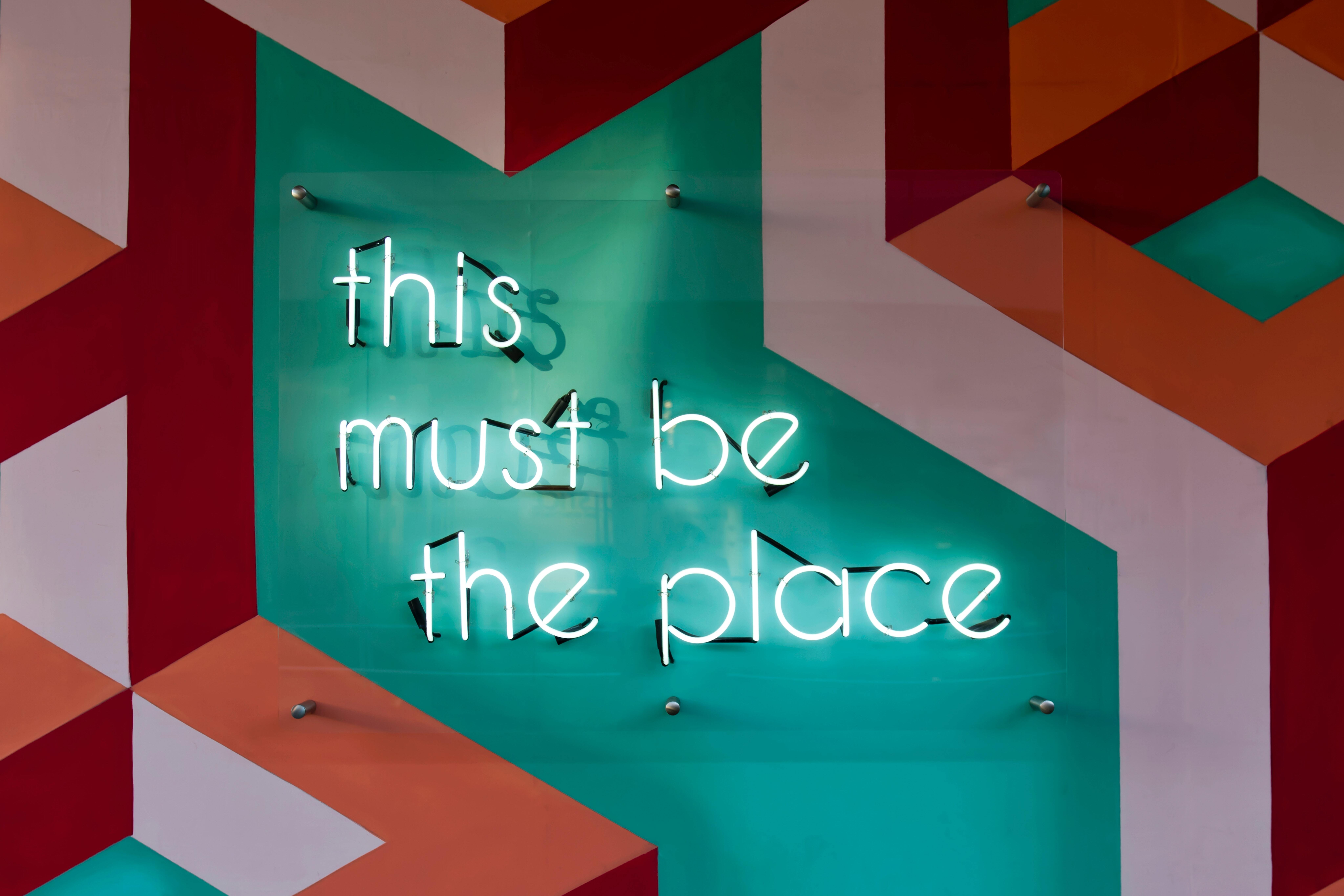The Quick Hit
New technologies have enabled great advances in understanding the performance of creative marketing campaigns curated by content agency London based firms like Hub . Delivering sales information about your products and services has never been easier. Social advertising campaigns, paid search, and email marketing are all relatively inexpensive methods of driving short-term sales.
Such strategies work particularly well for new companies, especially in the B2C online retail space where reaching customers who want to buy now to boost sales is a key goal. They also come with the advantage of generating data about your customers and their engagement with your campaign.
However, what about potential customers for whom at that moment in time your sales information doesn’t resonate? For them, your campaign will be disregarded. Not only that, your brand is likely to be forgotten and you will have to do the hard work all over again when they are ready to make a purchase. This is especially true in markets where decision-making is complex such as expensive B2C products or many B2B scenarios.
New Challenges
For marketers, this recent ability to receive instant feedback on customer engagement has been seen as incredibly helpful, especially with shrinking budgets and CFOs and CEOs ever-keener to see proof of return on investment. Strategist Martin Weigel calls it the ‘crack cocaine of real-time data’.
However, not only does this kind of performance marketing fail to register with potential future customers – making it hard to scale the brand – the increasing demand for data required to segment and target existing customers also comes against a backdrop of change amongst the big technology providers. The demise of cookies, regulation such as GDPR, and Apple’s App Tracking Transparency feature will all reduce the amount of third-party data being generated and as a result make it harder to track and target customers.
Long-Term Brand Building
So, if targeting new customers is getting harder, is the answer to focus on the people you already know? The pioneering work of market researcher Andrew Ehrenberg suggests otherwise. Fifty years ago, Ehrenberg showed it can be more beneficial to acquire new customers because it is cheaper to persuade occasional users to try your product than trying to squeeze more out of your heavy users.
This is borne out by the research of Les Binet and Peter Field, which advocated the importance of long-term growth through brand building. Brand building involves changing people’s mind. It’s about creating memory structures that make consumers want to choose the brand at a future point in time when they need it – the classic examples being a refreshing Coca-Cola on a hot beach, or a De Beers diamond when planning a marriage proposal.
Binet and Field argue that brand building is achieved by reaching a broad audience, not a hyper-targeted one. This runs counter to the idea of hypersegmentation, and programmatic advertising so popular in short-term performance marketing.
Introducing ‘Bothism’
Surely existing customers shouldn’t be ignored at the expense of generating potential futures ones, and short-term customer activation shouldn’t be abandoned in favour of longer-term brand building?
This is where the work of brand consultant and former marketing professor, Mark Ritson, becomes interesting. Ritson argues that the marketing sphere is rife with absolutisms – people who advocate for one particular theory at the expense of an opposing view. This Ritson feels is counterproductive and he argues that in many cases both opinions can be valid if applied correctly in the real world. Hence the term ‘Bothism’.
In the case of short-term vs long-term marketing, unsurprisingly then Ritson argues that combining both strategies together makes most sense. Ritson cites the writing of marketing strategist, Tom Roach, who says that brand building vs performance marketing is a false choice. Roach says that for many brands there will be no long-term without short-term success. He explains that people often overlook the part of Binet’s work that says that long-term brand building can have an impact on short-term sales. Roach advocates for short-term performance activation with brand building layered in which he says reinforce each other over time and provide compound effects.
Ritson agrees, saying, “You’ve got to have a multi-year, creative, brand-building, mass-targeted, video-heavy component; alongside lots of short, targeted, performance- and product-based, more digitally attuned executions.” This two-speed brand planning should be the prevailing approach, he says.
Getting Ahead of the Curve
There absolutely remains a place for targeting. It’s just that the way forward should be through diversifying the marketing mix.
Advertising still has the power to change behaviours. If you’re buying or selling a used car in the UK these days, instead of visiting a dealership in person you may decide to try an online disruptor such as webuyanycar.com or Cinch and this may well be because you’ve seen their high-profile TV adverts featuring celebrities Philip Schofield and Rylan Clark.
The big splash isn’t going away. However, it does require a great deal of creativity and an awful lot of money – something that’s not always feasible for smaller or B2B brands.
So, in a world where you need permission to serve online content, how do you build trust and give people something they value?
Data is still king. The key to success is understanding it and knowing how to use it. This is the world of Customer Relationship Management (CRM). But designing memorable experiences takes more than just a constant blast of content from Salesforce.
Consumers are suffering from a crisis of attention. Studies show most people don’t like advertising – at least not as much as ‘adland’ thinks. Successful brands will be the ones who serve up useful, amusing, authentic, inspirational, transformational, or beautiful moments that matter, in context and on an ongoing basis.
Extraordinary Audience Engagement
Here at Hub, we support Ritson’s idea of a two-speed brand planning and unsurprisingly agree with his finding that, “Of all the media, digital video is the one that can do both short-term activation and long-term brand building equally well. It’s very targeted, but it’s also very emotional, which can be used to brand-build.”
We advocate a model we call ‘Extraordinary Audience Engagement’.
This involves:
- Identifying your own customer data
- Building your own digital ecosystem
- And serving appropriate content at each stage of the decision making process
We believe that data and content are both kings. If people have to choose to give you their details, they’re much more likely to do it if you’re providing them with something that is useful, inspiring or entertaining. Recent research by LinkedIn suggests audiences exposed to different types of brand messaging respond to it more favourably than those exposed only to messaging meant for them. People exposed to both organic and paid content become 61% more likely to convert compared to those who only receive paid. Organic primes the audience for more personalised paid content and paid campaigns compel the audience to check out organic content.
This in turn can lead to better brand unification. Customers are not the only ones seeing what you’re about. Current and future employees, stakeholders, potential partners, influencers, and more, are also getting to know what you’re about through branded content.
We live in a world of constant disruption but by gaining an understanding of the changing landscape and getting ahead of the curve, you have an opportunity to give yourself a significant competitive advantage through ‘extraordinary audience engagement’.


















